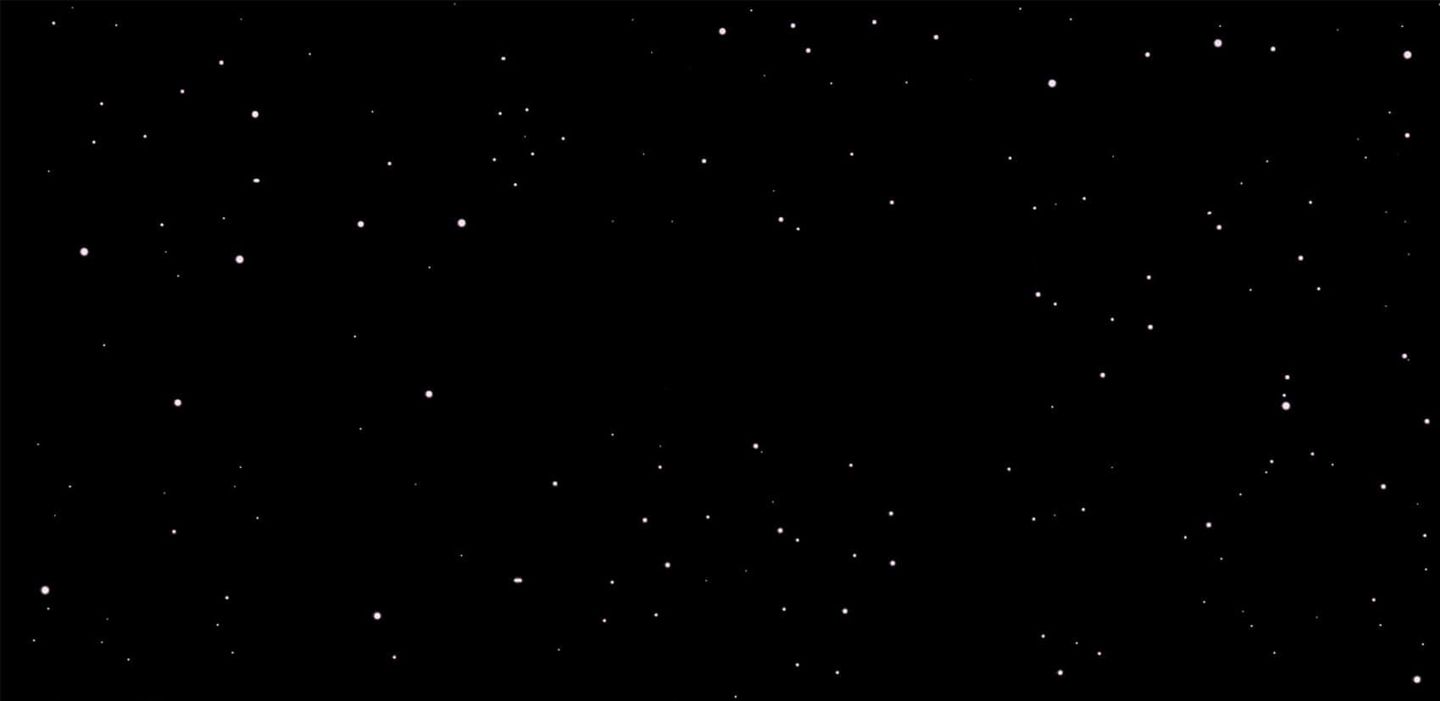Dolby and Star Wars Legacy
December 13, 2019


December 13, 2019
Yesterday, we debuted the Dolby x Star Wars Legacy Trailer celebrating 42 years of collaboration and 9 films of the Star Wars saga in Dolby technologies. This is an important moment, because while there are many super fans of Star Wars and a number of die-hard Dolby audiophiles, the longstanding partnership is not one that is widely known. Ioan Allen, known for consulting on the sound of Star Wars since the first movie and one of the earliest pioneers at Dolby largely responsible for the origination and development of Dolby Stereo, recently shared his experience at the opening screening of Star Wars: A New Hope. "Instead of standing in the booth, I went and sat in the audience. This sort of regular person was sitting next to me, and as the Star Destroyer flies over, he just put his head back and gasped...and that was that magic moment when I realized, hey, Star Wars has really got something." This was the beginning of Dolby's heritage with Star Wars, and the cinema experience changed forever.
With surround sound now a standard for most movie theaters, and with more than 5,200 Dolby Atmos screens globally, it's hard to imagine what the moviegoing experience was like before stereo. In the 70's, sound innovation was mainly focused on music, including Ray Dolby's work on noise reduction for magnetic tape recordings for albums. Innovation was being made everywhere except movies. It wasn't until Dolby went beyond noise reduction and brought dynamic range to the early pioneers ofStar Wars that it became a recognizable, and essentially "put Dolby on the map." David Konow from Tested writes in a piece in 2014, "Star Wars cemented Dolby Stereo's dominance in sound transformed the way we would listen to movies in theaters and at home."
In many ways, the partnership was serendipitous. Dolby’s guiding principles were always to empower creativity, self-expression, and a shared belief that people are moved and compelled by immersive experiences. George Lucas believes that sound is 50% of the moviegoing experience. He was always fascinated with the potential of cinematic sound and looking for ways to create sounds never heard before. In A New Hope, it was important to Lucas that the star destroyer sound in the opening scene "be as big and loud as possible." Mike Minkler, mixer for Star Wars, thought what they needed was to "create more boom, more low and energy in the mix." Always looking to develop technologies to serve artists, Stephen Katz at Dolby explained to Lucas and Minkler how extra speakers could be installed to create bass enhancement. It sounds simple, but at the time sound wasn't considered an important element, and people didn't get it till they heard it. Minkler recalled that, "the first time critics saw the finished movie at the Academy Theater in West Hollywood, it received a ten minute standing ovation." Soon after, theaters without Dolby scrambled to figure out how to get Dolby so people could see Star Wars "the right way."
Since then, Dolby has been with every Star Wars film, innovating with the new demands and creating new frontiers for the filmmakers of the series. Stuart Bowling at Dolby recalls when Gary Rydstrom wanted the ability to place sound behind the audience for Phantom Menace, Dolby came up with how to enable that format so sound can "go through the room without touching the side." From stereo to surround, digital, and eventually Dolby Atmos, today, you not only hear the rebel ships fly across the screen, you'll feel as if you're at the scene as the lightsabers fly between Rey and Kylo Ren. Dolby also has expanded beyond just making improvements with sound with their groundbreaking visual technology, Dolby Vision, which was used starting Episode VII on. Bowling describes the impact deeper contrast and "true black" has on Star Wars: "pitch black screens gave a stronger sense of dimensionality of space, the depth, and how vast the galaxy is as characters traverse."
Looking back on the first films, Lucas commented, "[Dolby's] pioneering work in sound played a pivotal role in allowing Star Wars to be the truly immersive experience I had always dreamed it would be." While you can't go back in time to see Episode IV how Lucas dreamt it, Dolby partnered with Disney to bring "the sounds of the [Star Wars] saga to life" in an 11-room experiential at Dolby Soho on 477 Broadway, New York. Open Wed-Sun from 1-8pm, fans can hear, touch, and feel their way through familiar scenes with their favorite characters. See some highlights from our Business Insider coverage from Kirsten Acuna
With only a little more than a week away, you don't want to miss seeing the final saga, Star Wars: The Rise of Skywalker brought to life through Dolby technology at Dolby Cinema theatres and at Dolby Atmos enabled locations.
Yesterday, we hosted a group of droid-makers who built their own amazing replica robots from the Star Wars universe. From C-3P0, R2-D2 to BB-8, 10 droids roamed around Dolby Soho, delighting fans of all ages. Follow @dolbycinema on Instagram to see who made an appearance!
Learn more about how to build your own droid from the experts on our Facebook Live: facebook.com/dolbycinema/
We also hosted a special evening of talks at Dolby Soho on the evolution of the sound and visual effects of the Star Wars films featuring three celebrated artists (below) from Lucasfilm’s Industrial Light & Magic and Skywalker Sound. Tune in on opening day, 12/20, for a video capture of the event! youtube.com/DolbyInsider
MATTHEW WOOD, Supervising Sound Editor, Star Wars: The Rise of Skywalker; DAVID ACORD, Sound Designer and Supervising Sound Editor, Star Wars: The Rise of Skywalker; and JAMES CLYNE, Design Supervisor, Lucasfilm, Star Wars: The Rise of Skywalker.
https://www.tested.com/starwars/460476-star-wars-and-explosion-dolby-stereo/
https://www.cbsnews.com/news/landmarks-in-dolby-stereo-films/
http://www.informit.com/articles/article.aspx?p=337317
https://www.nytimes.com/1992/05/03/arts/home-entertainment-in-the-action-with-star-wars-sound.html
https://www.slideshare.net/MartinDew1/interview-with-ioan-allen